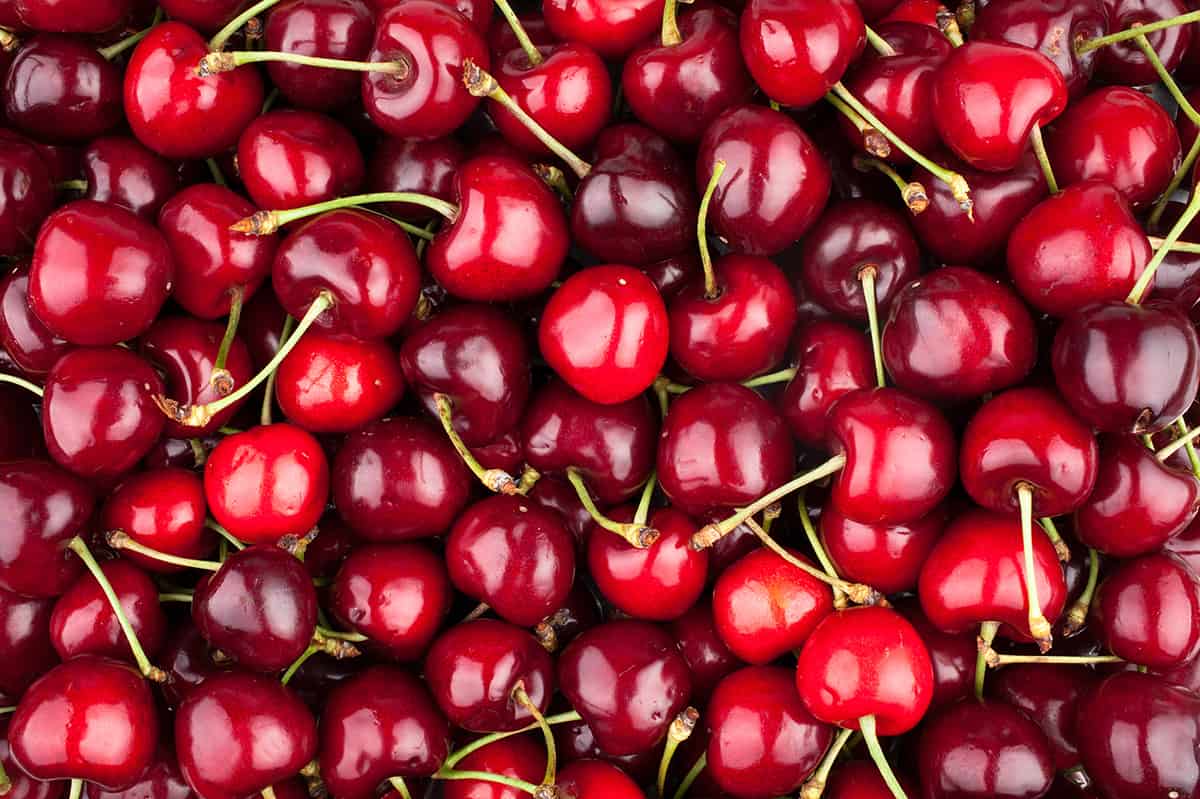



Article by: Hari Yellina (Orchard Tech)
Few fruits say ‘Christmas in Australia’ like the cherry. However, growers are warning a price hike could be on the way ahead of the festive season. At his 40-acre orchard at Orange, in central-western NSW, Guy Gaeta grows nine different varieties of cherries. We haven’t got overseas labour, he tells AAP by way of explanation. We’ve got very few from the Pacific Islands (but) cherry farmers mainly need the backpackers and at the moment it’s not looking too good.
Gaeta’s 6000 trees generally produce around 200 tonnes of cherries a year but he’s worried about how he’ll get the fruit off in time. He needs people to come and pick and grade the cherries and pack them. He needs to get them picked and out to the markets. The 64-year-old warns that the labour pains are being felt right across the district and will cost consumers at the till. If we don’t get the labour and we don’t pick at an optimum time, there’s definitely going to be a price increase.
If it wasn’t for the rain he would have already started picking. Unfortunately, growers that have fruit that is ready to go now, in a rain-affected area will take a little bit of a hit on their early varieties. Eastlake isn’t expecting the record harvests of last year to be replicated and thinks prices could rise. When there’s not enough cherries to meet demand at peak periods then the price will go higher, there’s no doubt about that.
Prices have gone up for producers “in a whole range of areas. In fuel, in fertiliser, in chemicals and in wood for wooden pallets. Costs of production have certainly increased across the board 20 to 30 per cent for a lot of growers and as a result, we know that fresh produce prices should rise in line with that. Season-wise it’s been really good but if you’re not getting a fair price for your product and your cost increases have gone up is it really worth picking your product? That’s what growers are weighing up.
And if growers cut back, that will mean prices will likely climb further. It’s now at a critical point where growers are making the business decision of whether they walk away … or reduce their planting for coming seasons … which means there will be less product on the market.